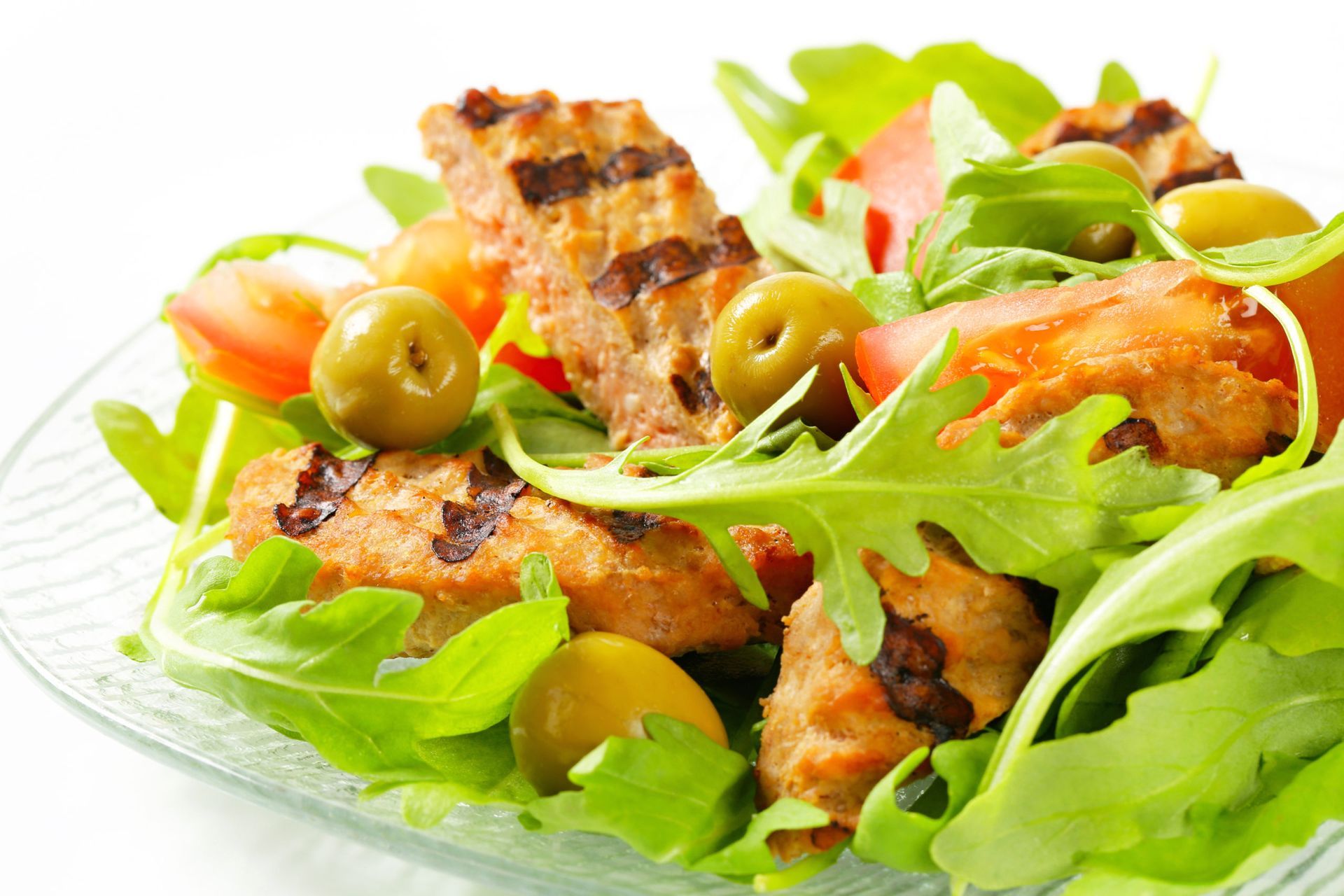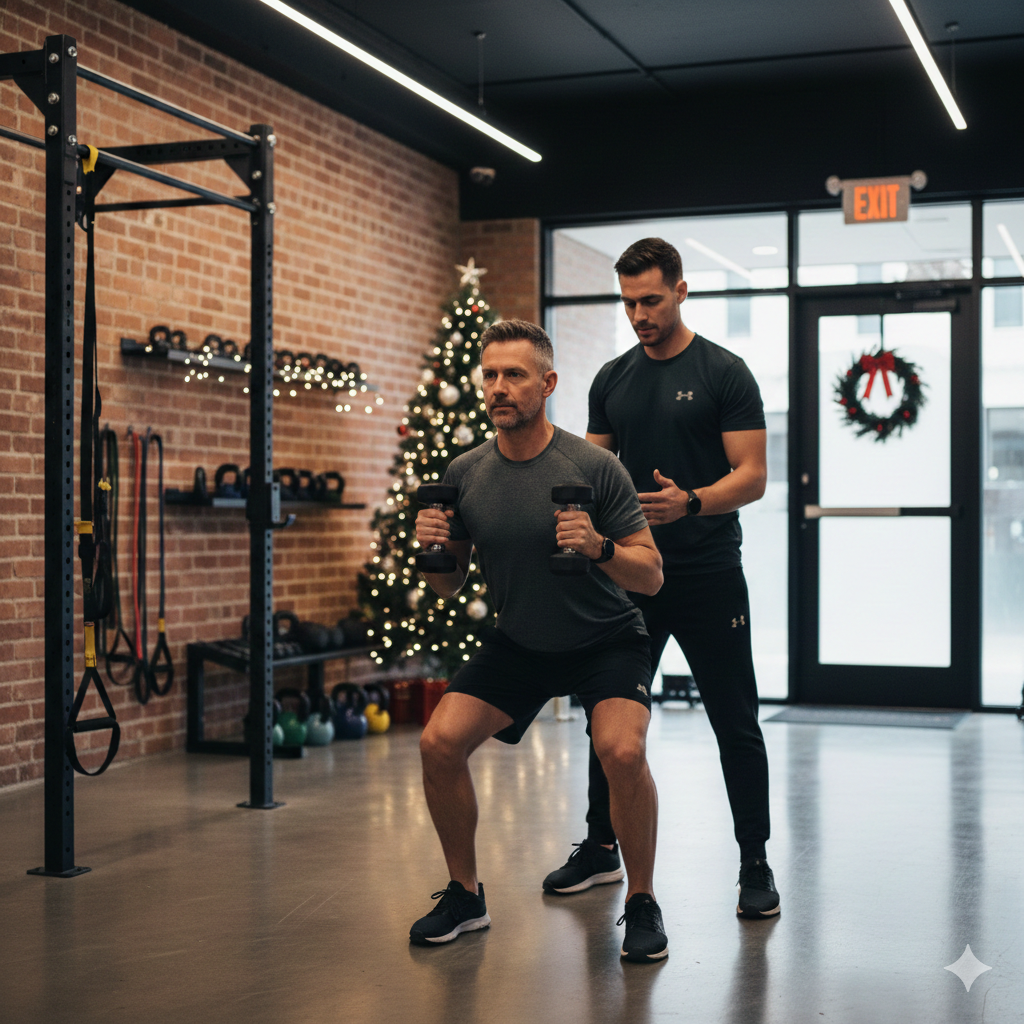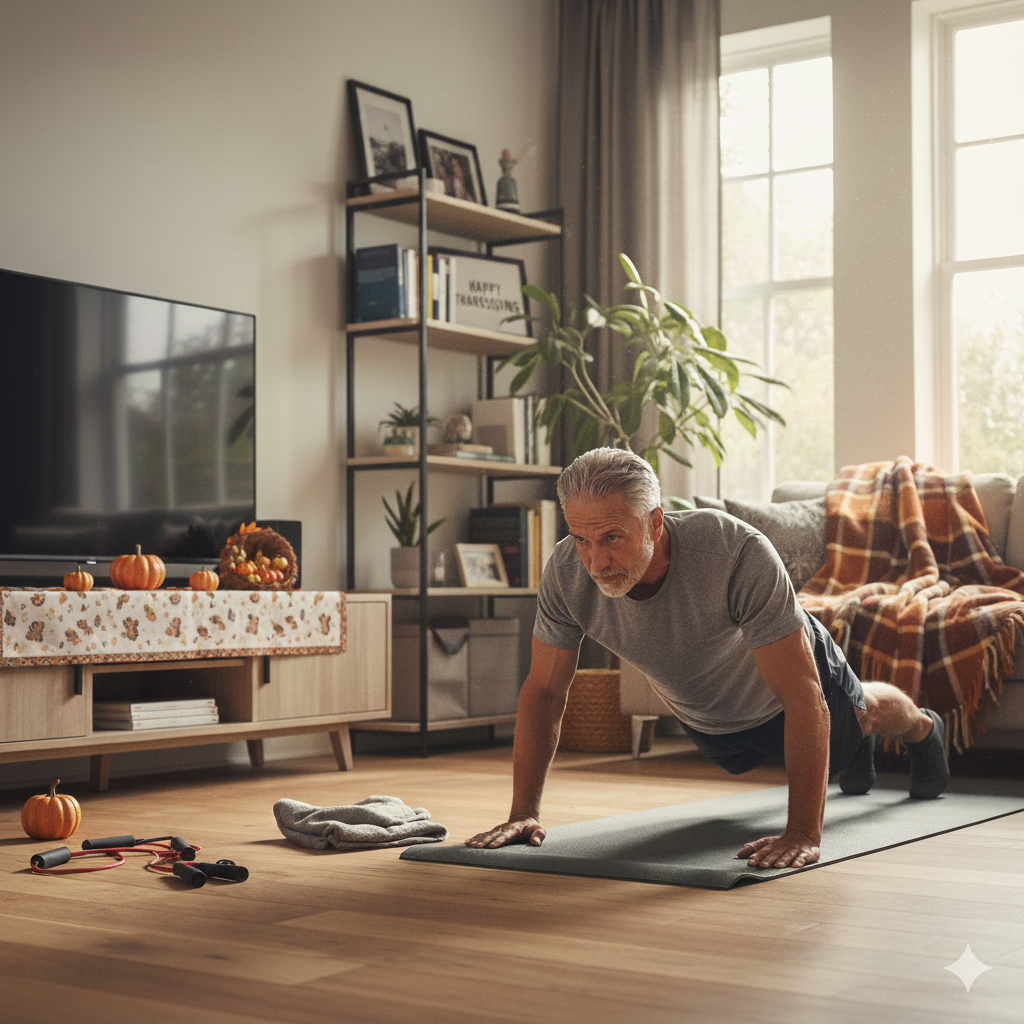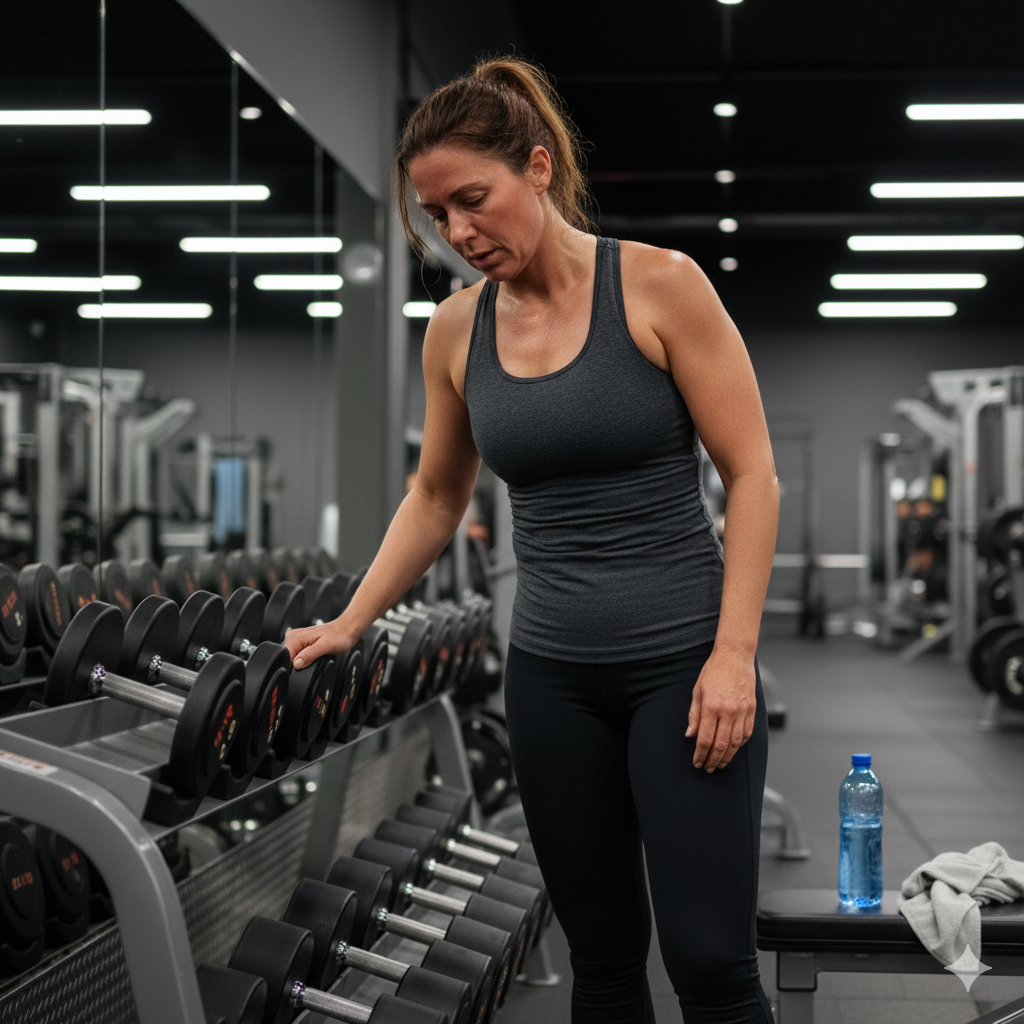Cutting Calories without Going Hungry
January 27, 2021

You probably know that to lose weight, you need to burn more calories than you take in. But cutting calories can be tough, especially when you are just getting started. Smaller portions can leave you wanting more. So how can you eat less but feel full longer?
Always make sure you get enough protein with every meal and snack. Daily, the average man should get a minimum of 56 grams and the average woman should get at least 46 grams, but the amount varies according to lifestyle, age and goals. (Our dietitian can help you figure out how many grams of protein are ideal for you.) Protein is important because it not only helps build muscle, it can boost metabolism and keep you feeling full longer. So if you make a salad for lunch, don’t just fill it with veggies. Be sure to add plenty of protein, like lean meat, beans, nuts and seeds, which will keep you feeling full until dinner time.
Smaller portions will certainly reduce your calorie intake, but this can also leave you feeling deprived. Bulk up your servings with vegetables! Stock up on non-starchy vegetables like bags of broccoli slaw, dark leafy greens, shredded carrots, riced cauliflower or mushrooms. These are all great because they can be used raw or cooked, and they don’t necessarily add to or change the flavor of what you are eating, but they do add bulk. Add them to everything you eat, such as salads, soups, sauces and sandwiches. And don’t stop with your main dishes. Having potatoes for your side dish? Stir in some riced cauliflower (or any riced veggie). Instead of having noodles or rice for your side, cook some broccoli slaw in the microwave or on the stove top in a little broth until softened, then season with salt, pepper and garlic powder, or top with marinara. You can have a huge, filling portion without wrecking your daily calorie goal.
Before each meal, drink one glass of water, then always sip water while you eat. This will not only ensure you stay hydrated, but will also fill you up so that you aren’t tempted to eat more.
Finally, reduce your plate size. A bigger plate will always tempt you to fill it.
If you would like more ideas and guidance, Axio Fitness wants to help you on your journey to a healthier lifestyle!

Share Post
Our Recent Blogs




Leave a Reply
Your email address will not be published.
Required fields are marked *

